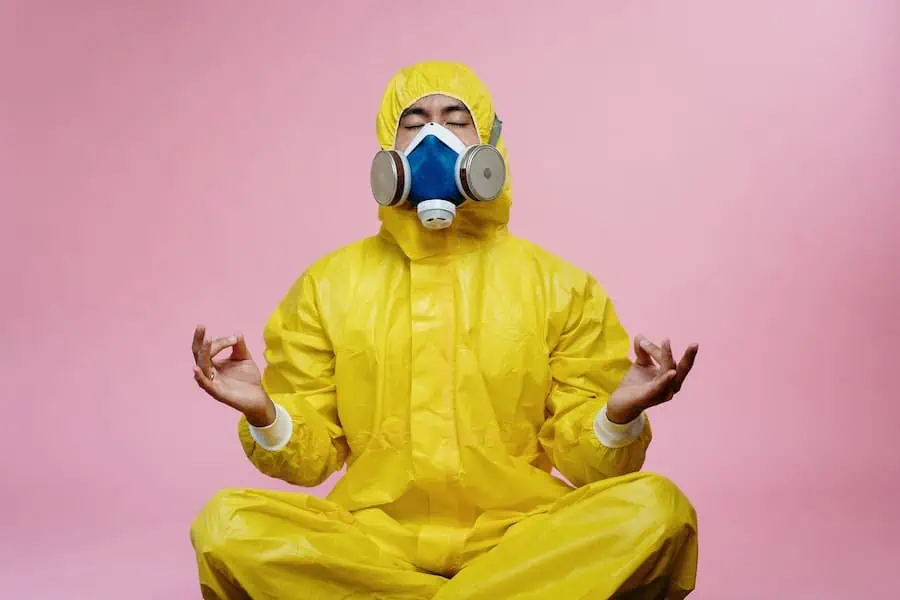PPE, or personal protective equipment, is something that is required in many different industries to protect individuals while carrying out dangerous activities. There are numerous different types and the type of PPE will vary depending on the industry and type of work being carried out, but it is important to note that OSHA requires employers to provide appropriate PPE for workers, so it is a legal requirement.
PPE For Different Industries
Many different industries require the use of PPE. A few of the most notable examples include:
- Construction
- Healthcare
- Oil and gas
- Food industry
You will also find that workers often require the same type of PPE despite working in different industries, but it can also vary depending on the role. There are some niche examples in certain industries, such as transformer parts for concealing hazardous cables. Some of the most common types of PPE include:
- Goggles
- Facemasks
- Bodysuits
- Protective gloves
- Study footwear
As it is so important to have the right PPE, it is worth taking a look at a handbook and speaking to senior figures if you are unsure of what you need.
The Dos And Don’ts of PPE
Do: Provide close-fitting PPE for workers. You should have a range of sizes available to ensure that people can fit PPE that will be a close fit to offer the best protection.
Don’t: Forget to check the condition of PPE. You want to make sure that your PPE is usable and in good working order before work commences. Additionally, make sure that PPE is properly maintained so that it can be used again. For single-use items, make sure that they are properly disposed of and that fresh supplies are always available.
Do: Create a PPC policy. You can supply PPE for your staff, but you also need to make sure that they are wearing it. You should have a policy in place to ensure that staff are always wearing PPE when required.
Don’t: Forget about PPE training. You should train staff on when they need to use PPE, why they need to use PPE, and how they can use PPE to work safely. In addition to PPE training, you also need to make sure that your team is trained on how to work safely. PPE can provide important protection, but it may not stop an injury from occurring if there is an accident.
As an employer, it is your legal responsibility to provide PPE for your workers. PPE is important for offering protection when carrying out hazardous work and could prevent an employee from getting injured. You need to make sure that you supply high-quality PPE, but you also need to make sure that you know the dos and don’ts of PPE so that you can avoid any issues arising.








